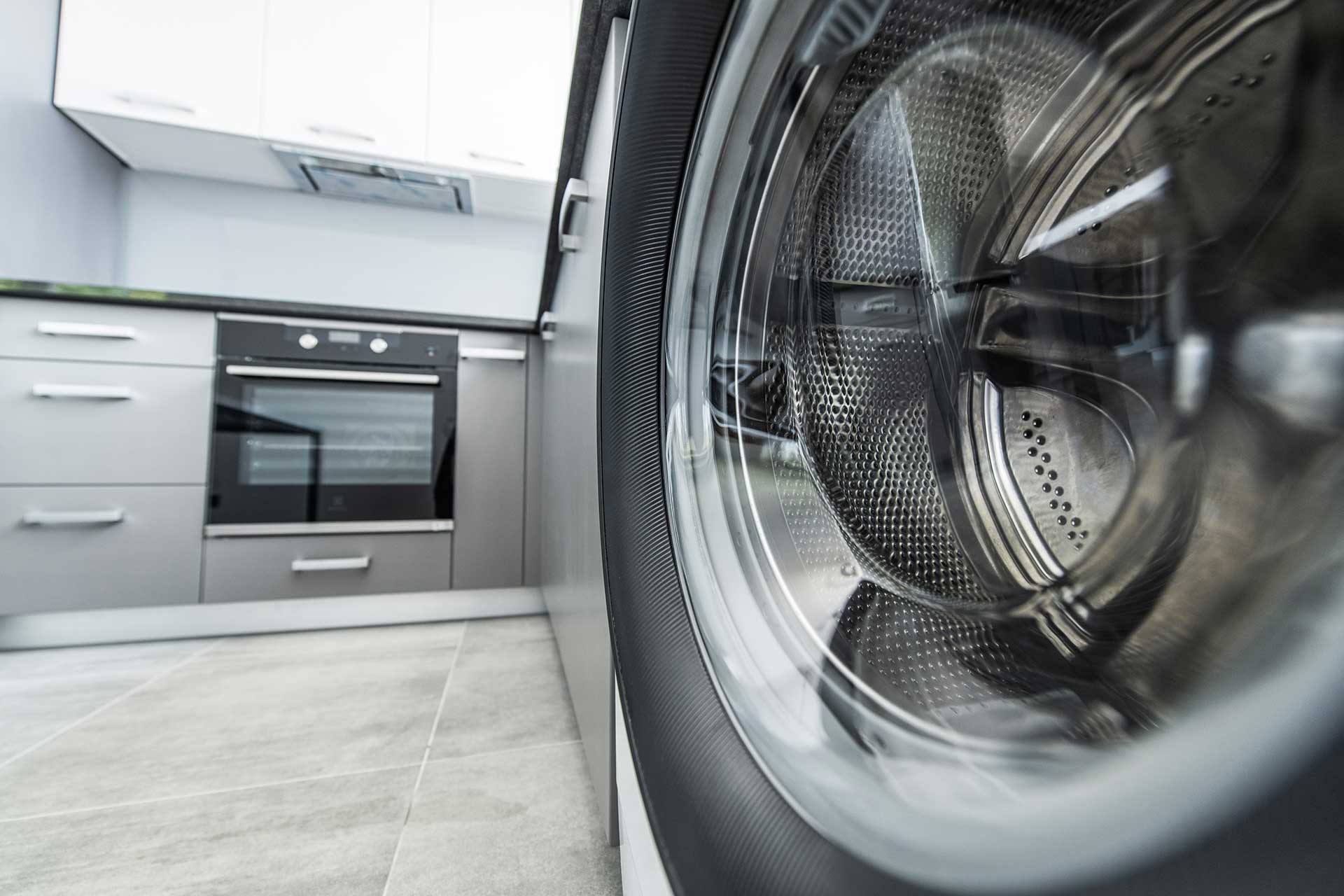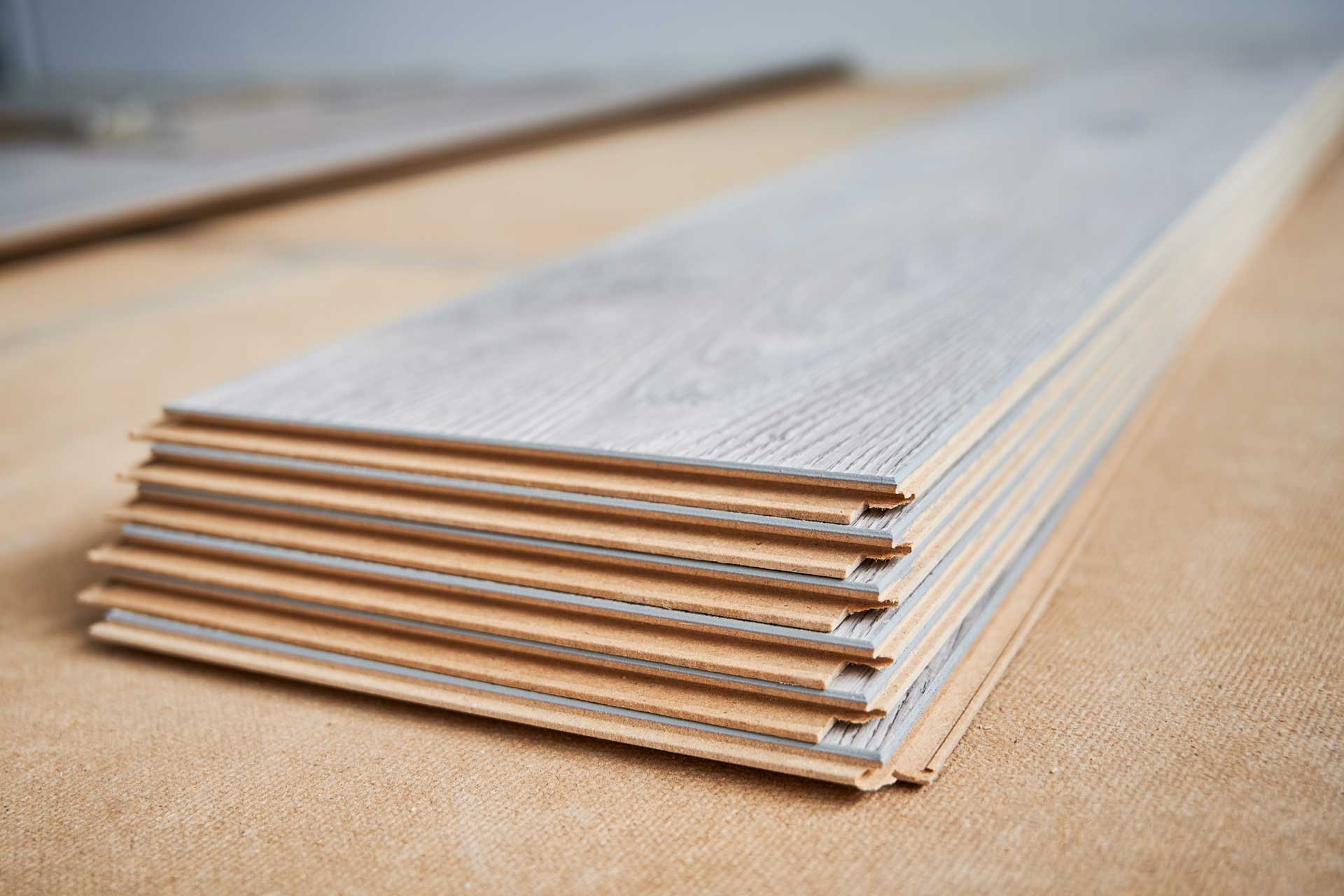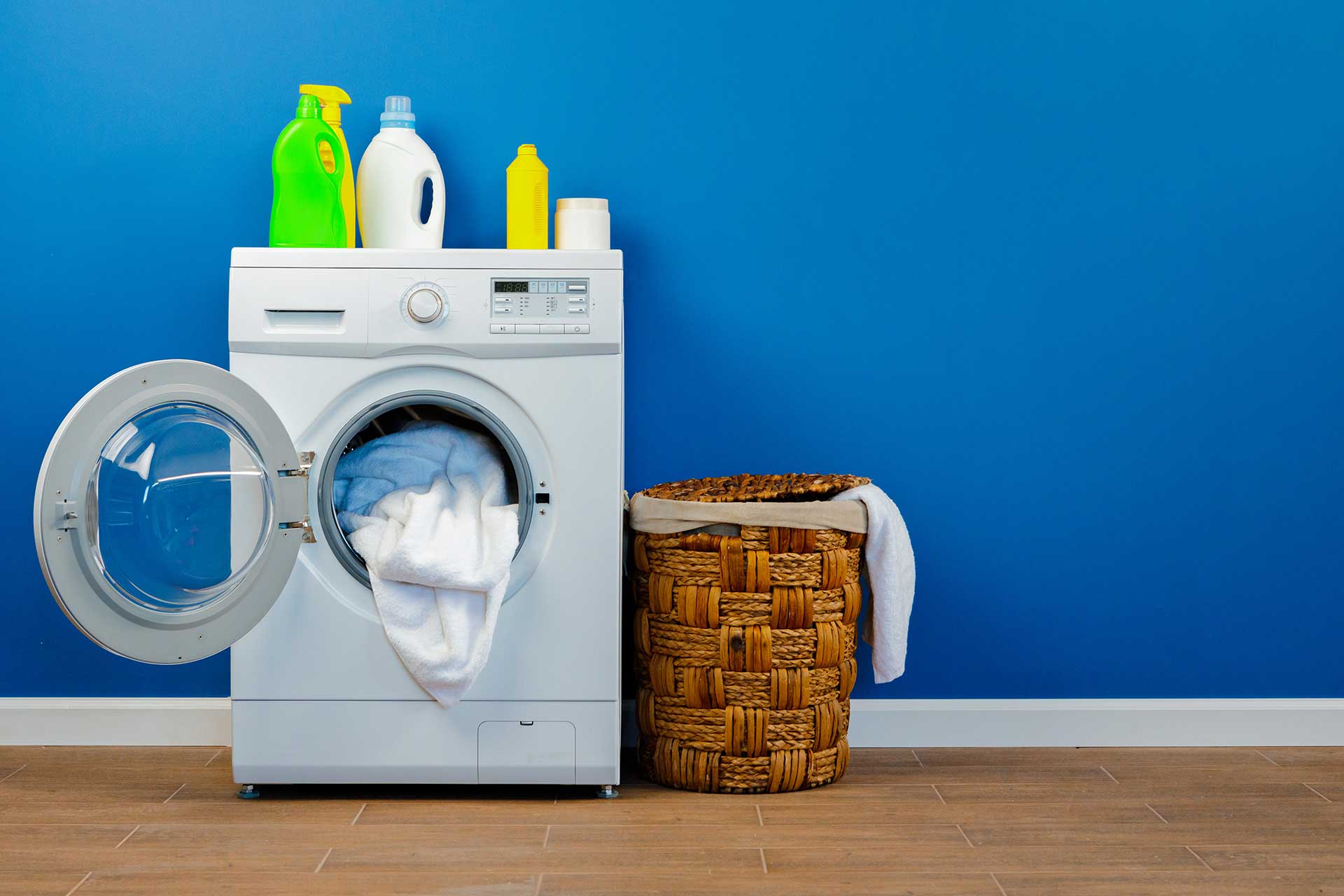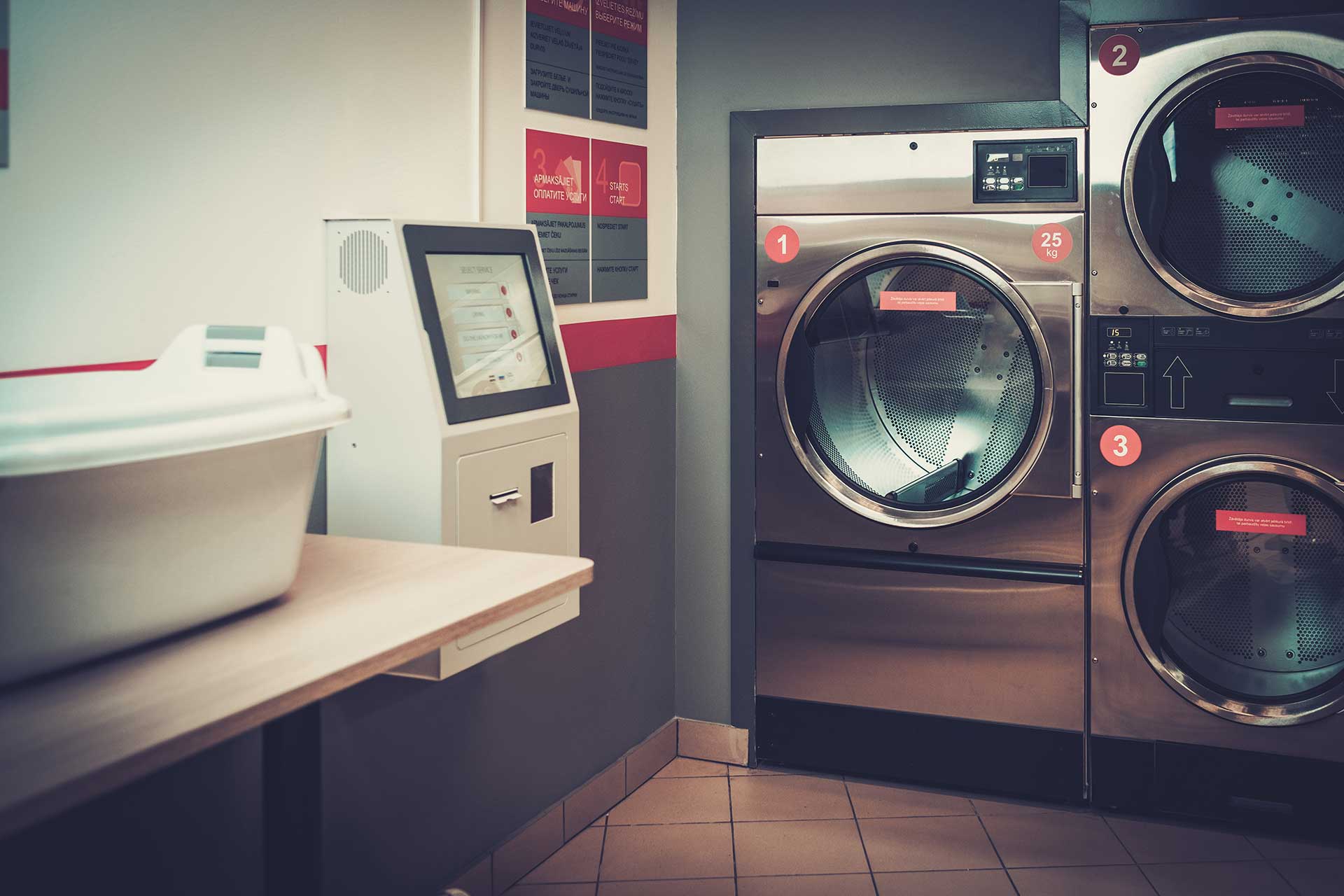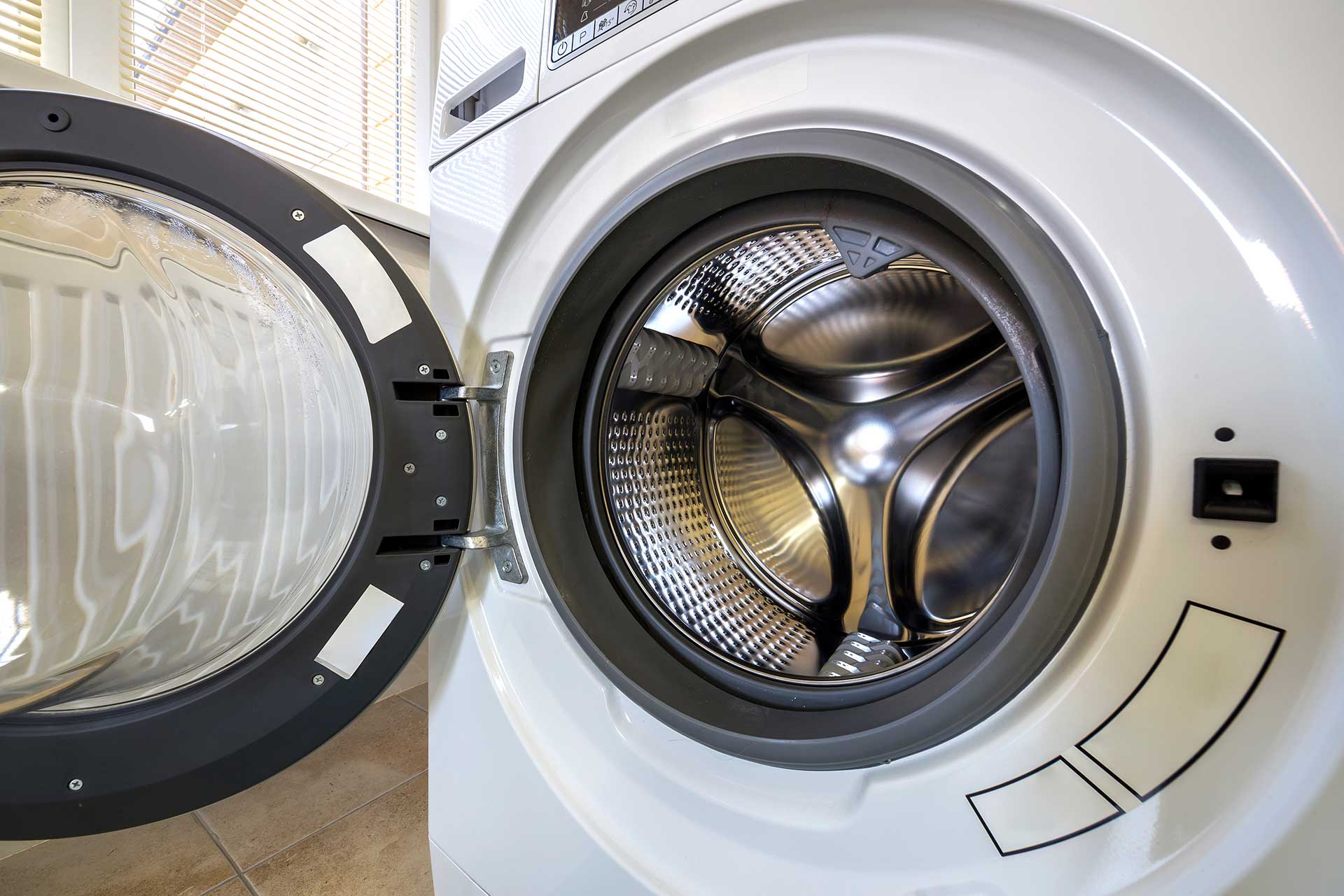In our busy lives today, the washing machine really is the unsung hero of making things easier at home. Washing machines have completely changed the way we wash our clothing and have saved us many hours of tedious work! However, using a washing machine effectively requires more than just tossing in clothes and pressing a button. And to keep saving yourself time make sure you are getting the most out of your washing machine.
Understanding Your Washing Machine
Before we delve into the specifics of using a washing machine, it’s crucial to familiarize yourself with your particular model. Modern washing machines are either top-loading and front-loading. While the basic principles remain the same, there can be significant differences in operation and efficiency between these types.
Top-loading machines are typically easier to load and unload, as you don’t need to bend down. They often have shorter cycle times but tend to use more water and energy. Front-loading machines are generally more efficient in terms of water and energy usage. They are also gentler on clothes due to their tumbling action, which mimics hand-washing.
Most washing machines have the same basic components: a drum or agitator, water inlets, a detergent dispenser, and a control panel. Before using your machine take some time to locate and understand each of these parts.
Preparing Your Laundry
The key to successful machine washing begins before you even touch the appliance. The first thing you must do is sort your laundry carefully, separating items by colour (whites, darks, and colors), fabric type, and degree of soiling. This step is really important to stop colour bleeding and make sure each item gets the right care.
Make sure to check all pockets and remove any items that could damage your clothes or the machine. Turn delicate items, as well as those with prints or embroidery, inside out to help protect them during the wash cycle. For items with zippers or hooks, make sure these are closed to prevent snagging other clothes.
Pay attention to care labels on your garments. They give you helpful details about the washing temperature, the type of cycle to use, and if the item is even safe for machine washing. Some delicate fabrics or structured garments may require hand washing or dry cleaning.
Loading the Machine
When it comes to loading your washing machine, resist the temptation to cram in as much as possible. By overloading your washer your clothes won’t get cleaned correctly and you can actually break your machine. You only want to fill the drum about three-quarters full for most loads. This allows enough space for clothes to move freely in the water, ensuring thorough cleaning.
With top-loading machines, you need to distribute clothes evenly around the agitator. In front-loading machines, place items loosely around the drum, making sure they’re not balled up or tangled.
Choosing the Right Detergent and Additives
Choosing the right detergent is super important for getting your clothes clean and keeping your washing machine in good shape for a long time. High-efficiency (HE) machines require special low-sudsing detergents. If you use regular soap in these machines, the suds could build up and make it harder to clean, or it could even damage the machine.
When picking a soap, think about what your laundry needs. There are detergents available for people with sensitive skin, dark coloured clothes, tough stains, and so many more. Liquid detergents dissolve easily in any temperature, while powder detergents can be more cost-effective for large loads.
Along with your detergent, you might want to use fabric softener to reduce static and soften clothes or stain removers for particularly stubborn marks. However, use these products sparingly, as overuse can lead to buildup in your machine and on your clothes.
Setting the Cycle and Temperature
Today’s washing machines offer a variety of cycle options, each designed for specific types of loads. Common cycles include normal (for everyday clothes), heavy duty (for heavily soiled items or thick fabrics), delicate (for fragile items), and quick wash (for lightly soiled clothes when you’re in a hurry).
When it comes to washing your clothes, water temperature plays a huge role. Hot water (around 130°F or 54°C) is best for whites, heavily soiled items, and killing bacteria. Warm water (around 90°F or 32°C) is suitable for most loads, and provides a balance between cleaning power and energy efficiency. Cold water (around 60-80°F or 15-27°C) is gentler on clothes, helps preserve colors, and is the most energy-efficient option.
Most washing machines today offer automatic temperature control, where they adjust the water temperature based on the selected cycle. If your machine doesn’t have this feature, you’ll need to select the temperature manually.
Running the Wash Cycle
After you have loaded the machine, added detergent, and selected your cycle and temperature, it’s time to start the wash. Simply close the door or lid securely and press the start button. Most machines will lock the door once the cycle begins for safety reasons.
While the washing machine is running, avoid opening the door or lid unless absolutely necessary. This can interfere with the washing process and, in some cases, may cause the machine to stop and drain for safety reasons.
Post-Wash Care
When the cycle is complete, remove your clothes promptly to prevent wrinkles and odors from developing. Shake out each item as you transfer it to the dryer or hanging rack. Shaking out your clothes before drying them helps to smooth out wrinkles and makes sure everything dries evenly.
If for some reason you can’t remove the clothes immediately, don’t stress out, many machines offer a “fluff” or “tumble” cycle that periodically turns the drum to prevent wrinkles.
Maintaining Your Washing Machine
The only way to keep your washing machine in tip top shape is through regular maintenance. After every wash cycle, leave the door or lid open to allow the drum to dry out, preventing mold and mildew growth. Periodically clean the detergent dispenser, as residue build ups inside.
Run an empty hot water cycle with a cup of white vinegar or a specialized washing machine cleaner once a month to remove soap scum and mineral deposits. With front-loading machines, you need to clean the door seal regularly to prevent mold growth.
Conclusion
Learning how to use a washing machine is something that we all need to do as it’s a valuable skill that can help you save time, money, and avoid any hassle. When you get the hang of sorting, loading, choosing the right detergent, and picking the right cycle settings, you’ll be able to make sure your clothes come out clean, fresh, and looking great every time! Every load you do is a chance to take care of your clothes and help make them last longer. Before you know it, you will be a laundry expert and this once daunting chore will be a simple task.

